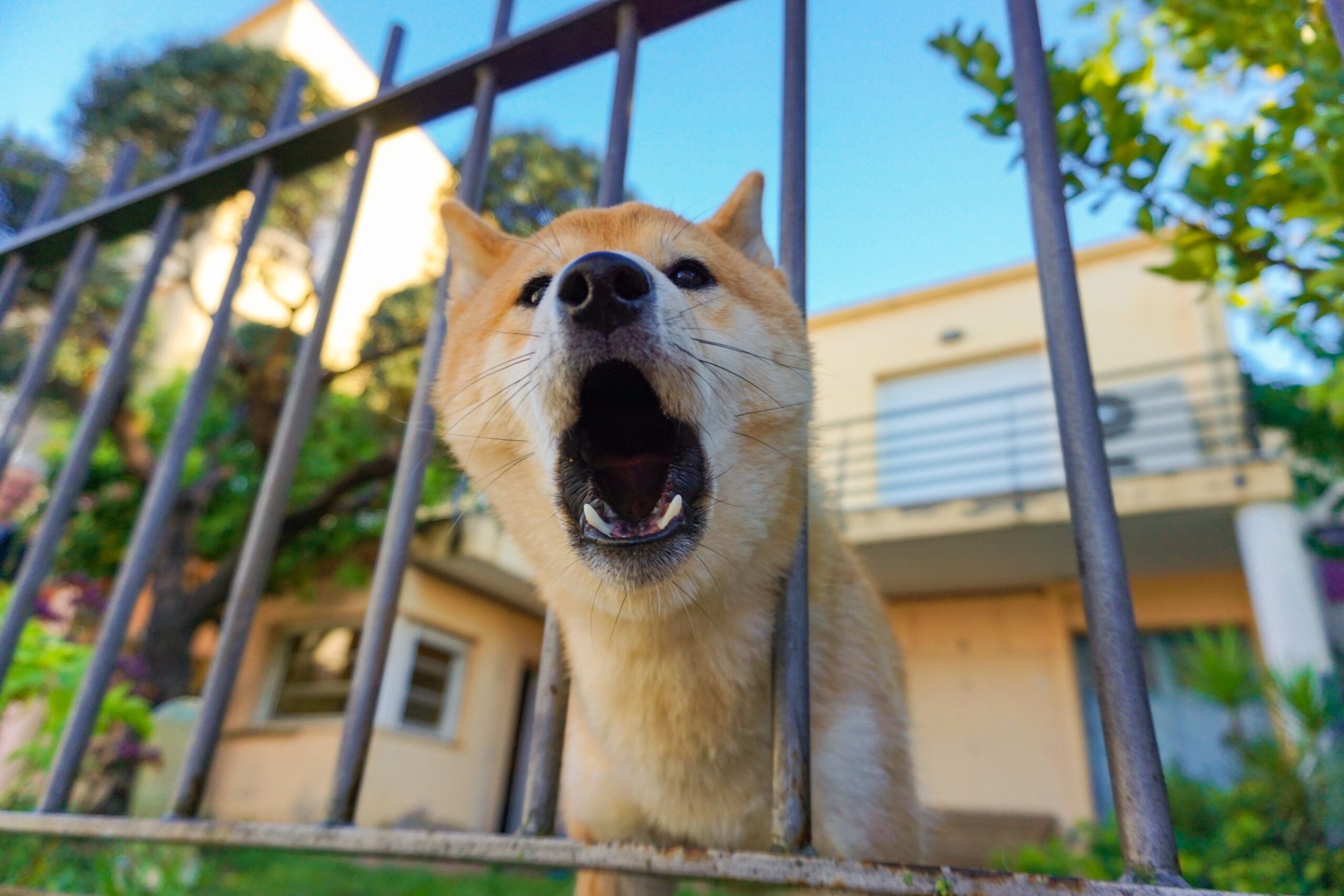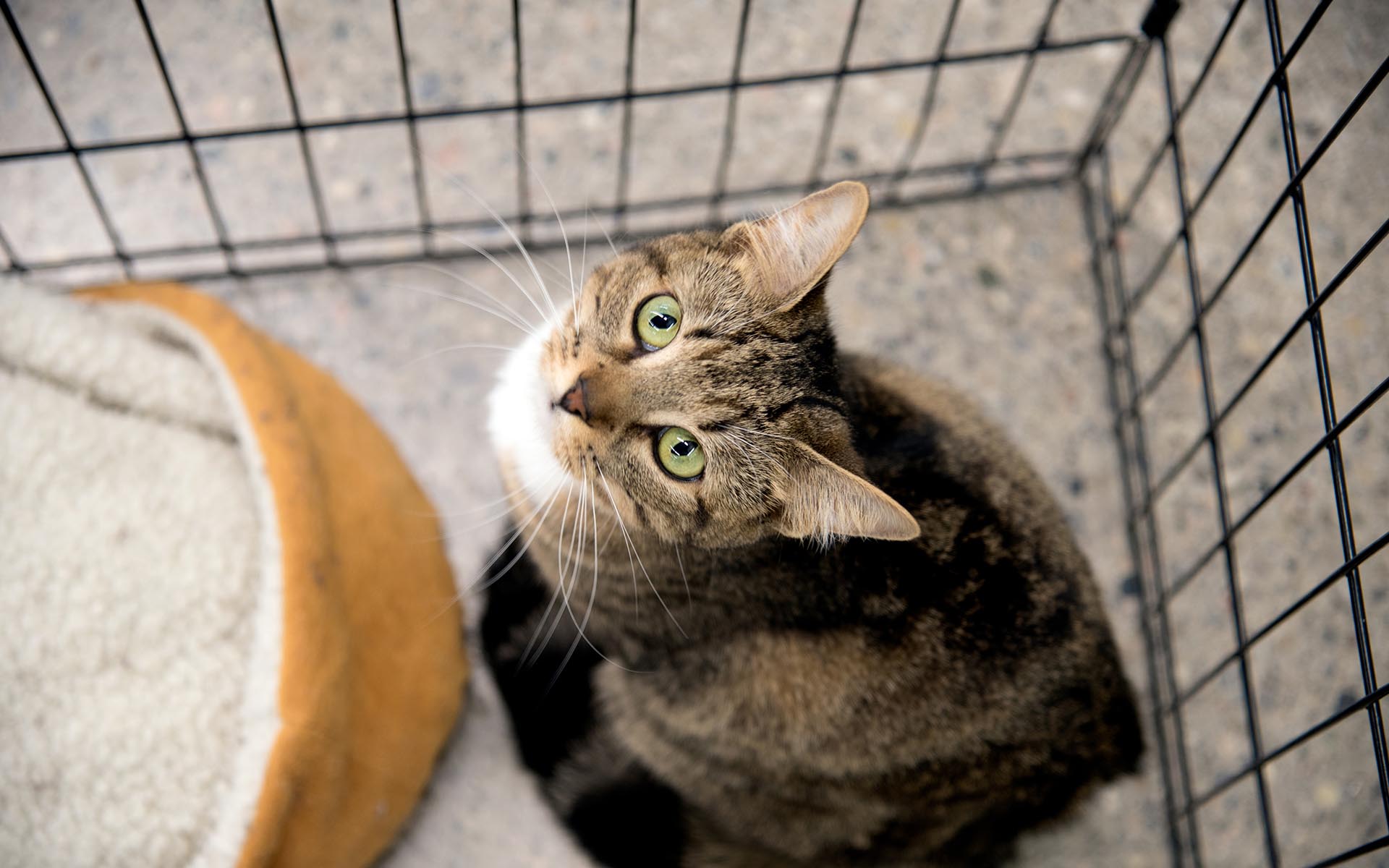People often take for granted that a dog wags their tail to show they’re happy. But focusing on the tail alone doesn’t paint a full picture. How exactly is the tail moving? Is it held high or low? What kind of posture is the animal holding? A wagging tail can be seen as the canine equivalent to a hand gesture, and could mean many different things.
Why dogs wag their tail to communicate
Instead of relying on a vocabulary of words, dogs communicate mainly through the use of body language, such as moving their ears and eyes or taking a certain stance. Wagging their tail actually allows dogs to relay surprisingly nuanced messages. Canine vision focuses on movement, and will easily detect details such as another animal’s tail position, how they’re moving their tail and the speed at which they’re doing so.
Understanding a dog’s tail position
When relaxed, most dogs will have their tail simply hanging down limply, in a “neutral” position. But this neutral position can be different in certain breeds. Greyhounds tend to curl their tail under their belly, while Beagles often hold theirs higher up. A dog’s owner should easily be able to tell when their animal is acting normal.
A happy dog will usually wag their tail in a peppy, healthy wag from a neutral or slightly raised position compared to their spine.
However, a tail held very high, or even arching over a dog’s back, and moving rapidly could mean the animal is being aggressive or even preparing to attack. This raised position helps release more of the dog’s scent from their anal glands to mark their territory.
By opposition, when a dog lowers their tail, they’re acting submissive and displaying they don’t pose a threat. Holding their tail tightly between their legs can mean outright fear. Doing so limits the anal glands’ release, as the animal attempts to avoid attention.
A raised but unmoving tail, along with raised ears, could mean a dog is either agitated or standing ready and paying extra attention to their surroundings.
Why tail wagging speed matters
A tail’s position covers only part of the message, and the speed at which it’s moving provides additional information.
Think of a the speed of a wagging tail as a “dial” that measures the intensity of what a dog is feeling. A content and relaxed dog may have a slow, steady wag. As the animal becomes more excited, the movement may become more pronounced and faster.
A tail held low and wagging slowly, or stopping outright, could mean the animal is feeling unsure and nervous.
A more aggressive dog may stand erect and rigid while only moving their tail hesitantly, then move using fast, tight movements as they’re about to attack.
Before you approach a dog wagging their tail, pay attention to their overall body language. If the owner is nearby, ask for permission before attempting to pet the animal. When in doubt, it’s safer to stay away.









